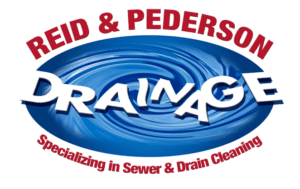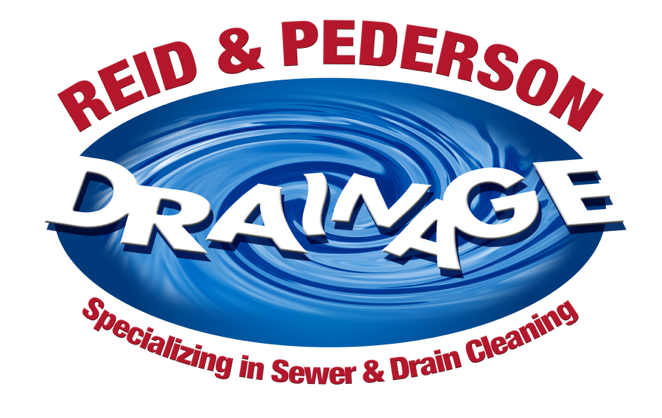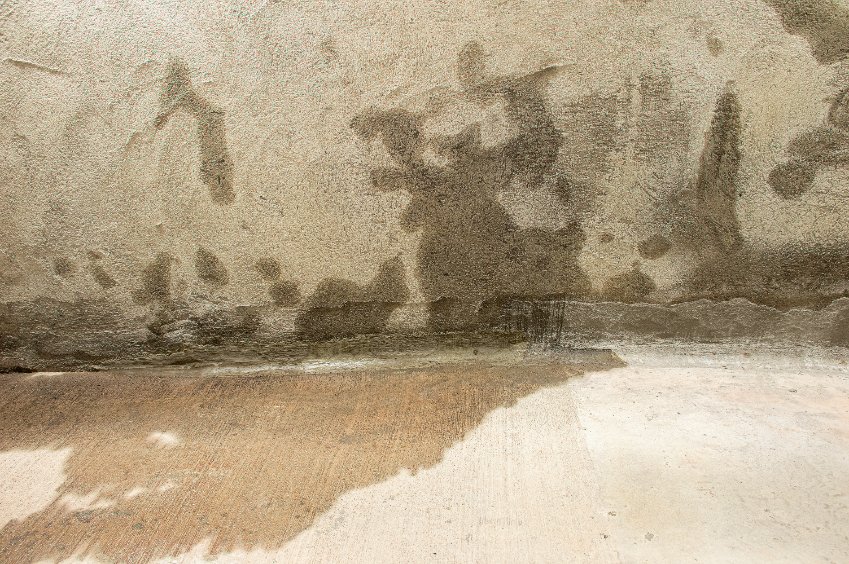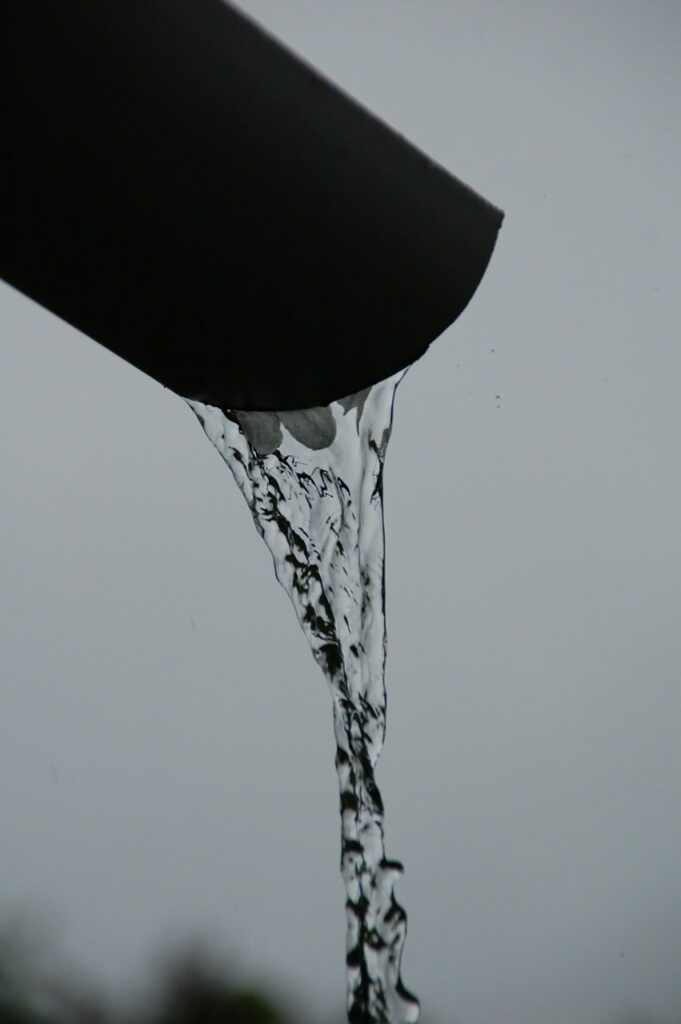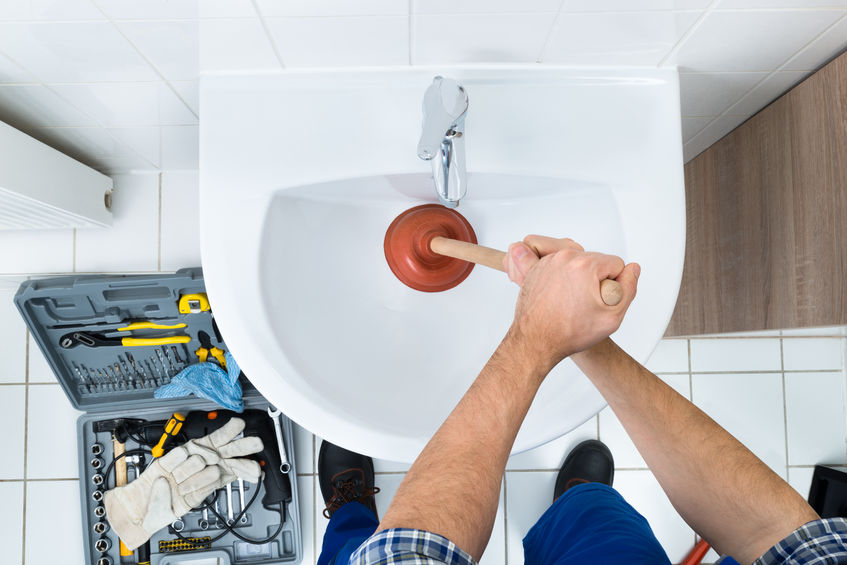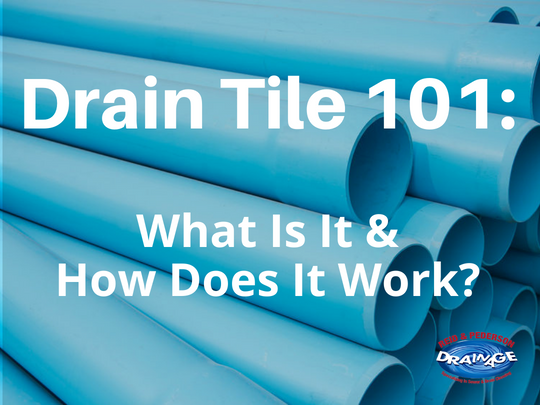
When it rains heavily, the last thing you want to worry about is water entering your basement or crawl space. In most new home builds today, a drain tile system is installed to ensure that groundwater doesn’t find a way into your home.
To learn more about drain tile and how it works, keep reading, or simply give the Crete drain and sewer pros at Reid & Pederson Drainage a call today!
South Suburbs
NW Indiana
What Is Drain Tile?
The name “drain tile” is a little misleading since drain tile isn’t tile at all but usually a system of perforated PVC pipes that are laid beneath the foundation of a home. The purpose of these pipes is to collect the ground water before it enters your basement and either direct the water down and away from your home’s foundation, or direct it into a collection pit where a sump pump moves it away from your home.
Drain tile can be installed around the outside of a home’s foundation or inside, beneath the slab floor. Drain tile systems are effective in creating a path of least resistance for water to follow, meaning water is unlikely to seep into your basement via cracks in your foundation or slab.
How Does Drain Tile Work?
Drain tile systems today consist of crush-resistant plastic (usually PVC) pipes that are perforated with holes to allow ground water in. It is best to install drain tile after the foundation footer of a new home has been laid. Pipe is typically laid in a trench that runs alongside the footer.
Next, the drain tile is covered with a layer of washed gravel. It is important that the gravel is large enough to not have the ability to enter the perforations in the pipe, but still be able to filter water as it enters the pipe.
The tile is then covered with a porous fabric that allows water in and keeps soil out. Lastly, soil is placed on top of the covered pipe to complete the system.
Do I Need Drain Tile?
If you’re building a new home, it’s a very wise idea to consider installing some sort of drainage system as an extra layer of security to give you peace of mind. Drain tile systems are easiest to install during the early phase of new home construction. But what happens if your existing home begins to show signs of a water problem?
The good news is that drain tile can be retrofitted to eliminate the water problem. The bad news is that this can be costly and labor intensive, requiring excavation inside your basement and/or outside in your landscaping.
In this situation, drain tile is commonly retrofitted around the inside of your foundation where a channel is cut into your slab. Drain tile piping is laid beneath, which leads to a sump pit. When groundwater begins collecting beneath the slab, the drain tile directs it to the sump pit where the sump pump is then able to pump the water away from the house. Again, while this is no easy task, it can be done as a solution to ground water seepage in your basement.
Managing Your Home Drainage System
Ensuring your yard and landscape are properly graded and directing water away from your foundation, along with ensuring your home’s gutters and downspouts are free flowing, are just a few simple ways you can manage your home drainage system and not worry about water in your basement or crawl space.
Get Help From Drain Experts!
If you have any questions about drain tile or managing your home drainage system in the Crete, IL area, call the experts at Reid & Pederson Drainage today!
